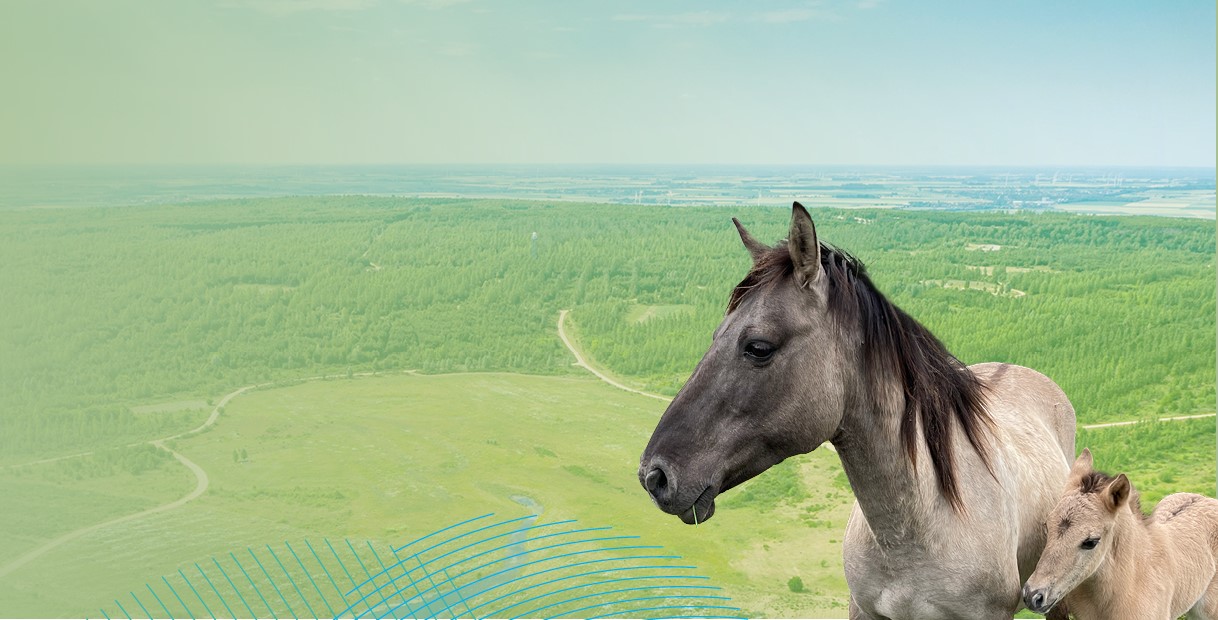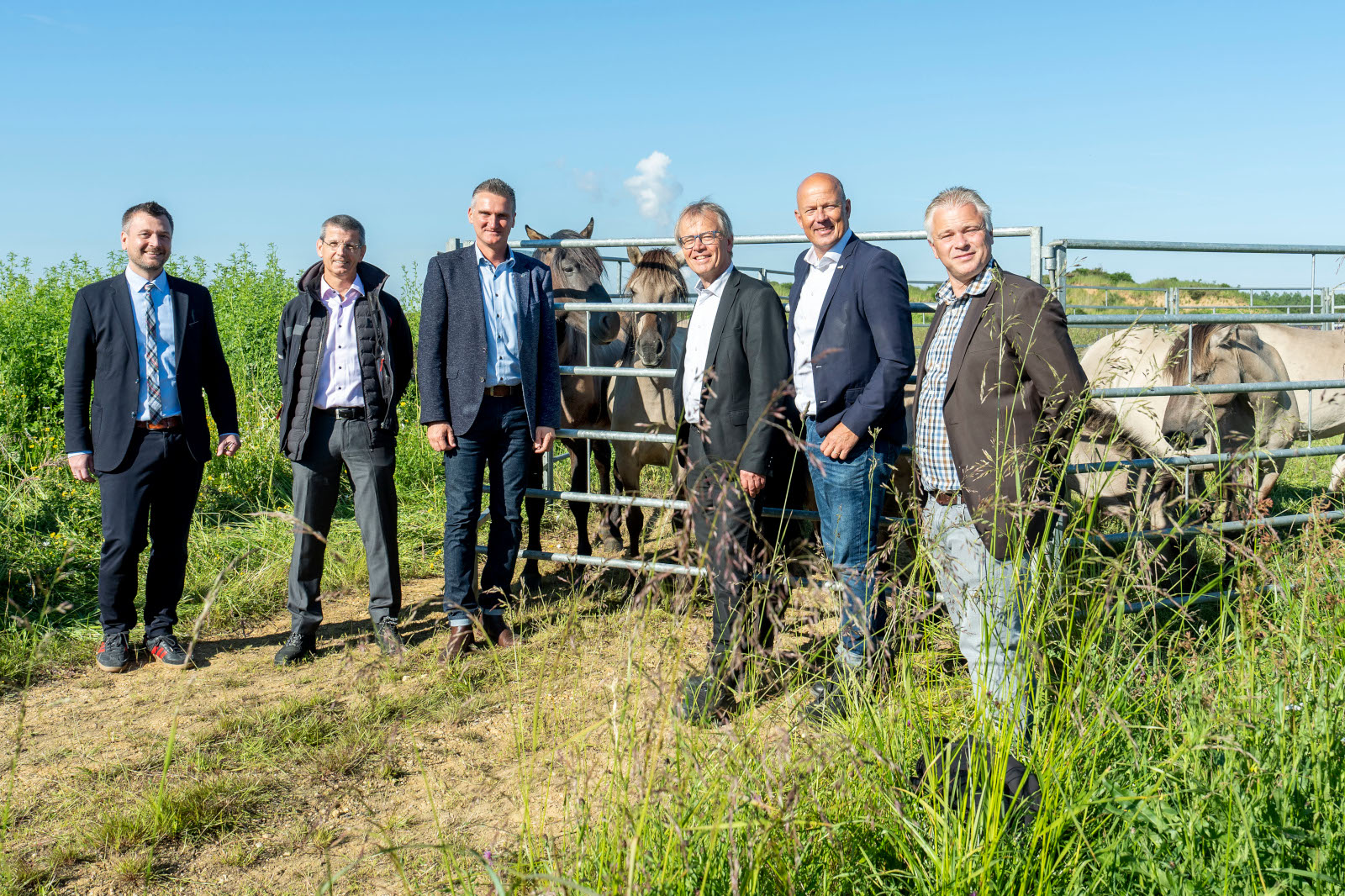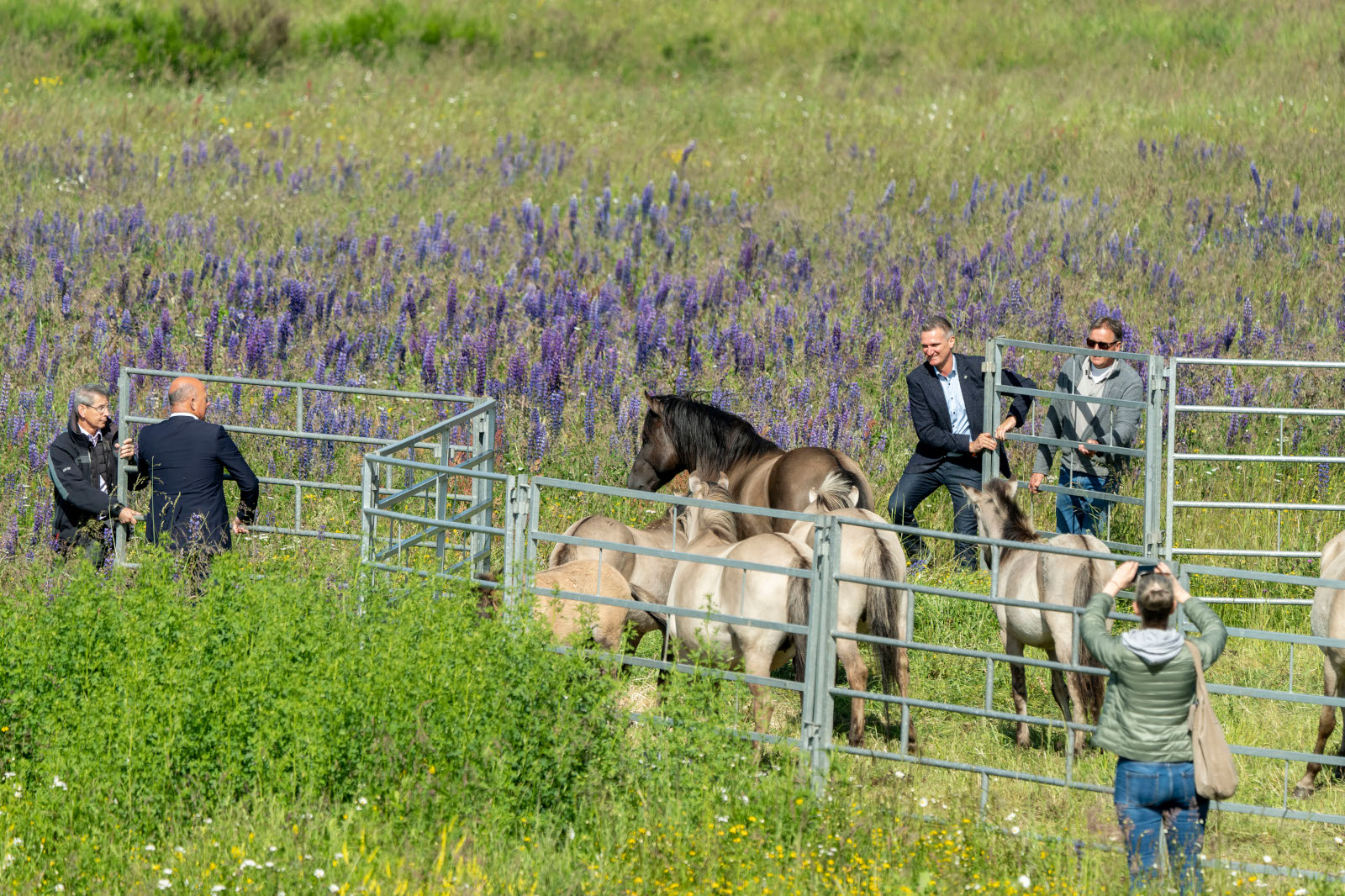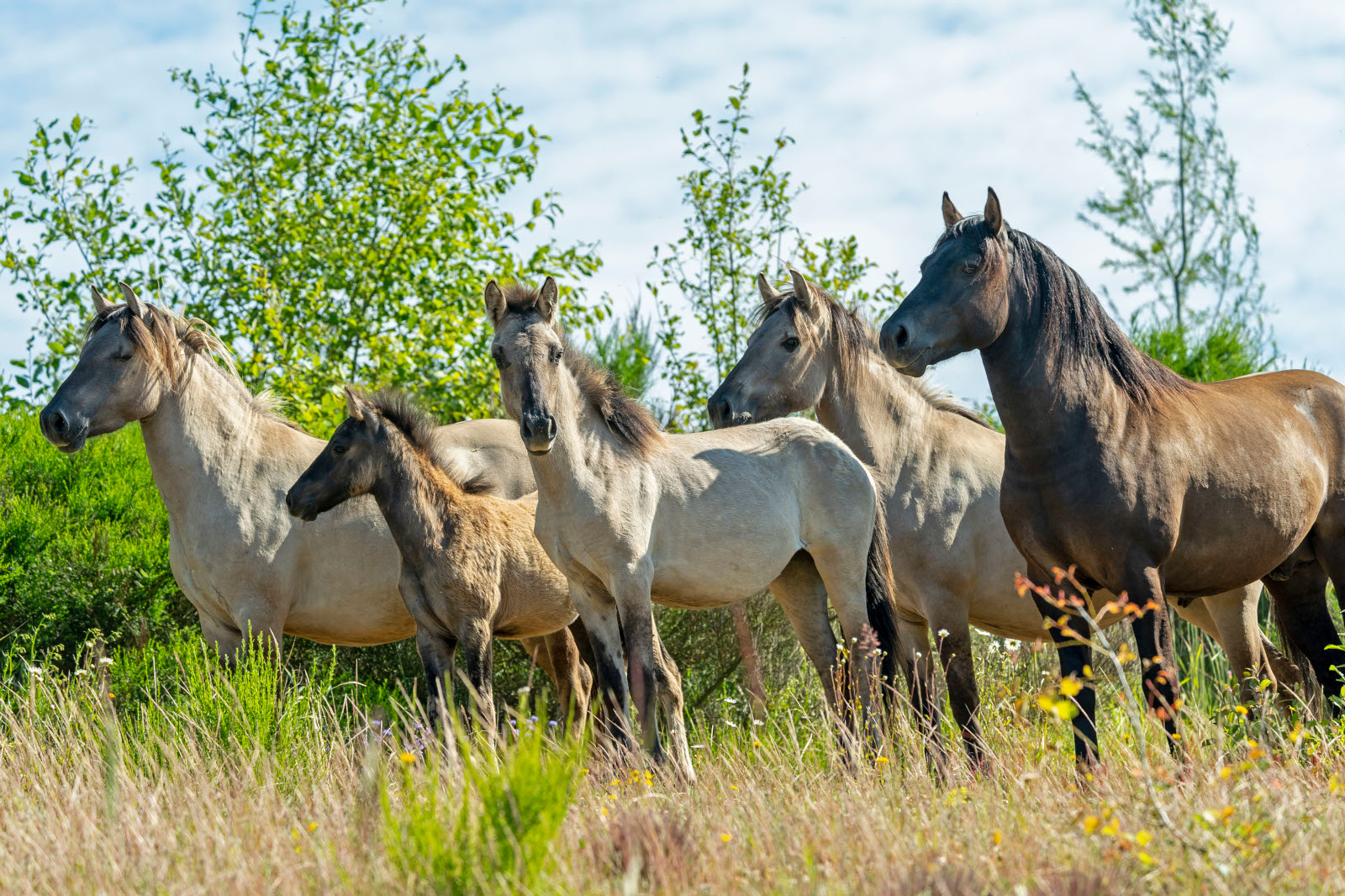Year-round grazing in recultivation

In the past, many species of grazing animals occurred in Europe, including cattle, wild horses, deer, fallow deer, elk, wild ass and European bison. Large grazing animals are considered to be a key ecological factor, as near-natural grazing creates a structurally diverse landscape with varied vegetation, resulting in high biodiversity.
Feasibility study
Together with FREE Nature, a Dutch foundation with extensive experience in grazing projects in Europe, a feasibility study was carried out for near-natural grazing on Sophienhöhe heights.
The feasibility study concluded that Goldene Aue meadow on Sophienhöhe heights is very well suited for realising the first pilot project to establish large-scale grazing.
In line with RWE's biodiversity strategy, allowing grazing in Goldene Aue meadow would make a sustainable contribution to increasing biodiversity and to landscape conservation. Extensive year-round grazing is an attempt to restore the original form of grazing.
The grazing animals live in the wild throughout the year (year-round grazing), with their numbers adapted to the food supply in the most critical season (winter). Over the past few decades, extensive year-round grazing has developed from being an often critically viewed experiment to a recognised and cost-effective nature conservation method.
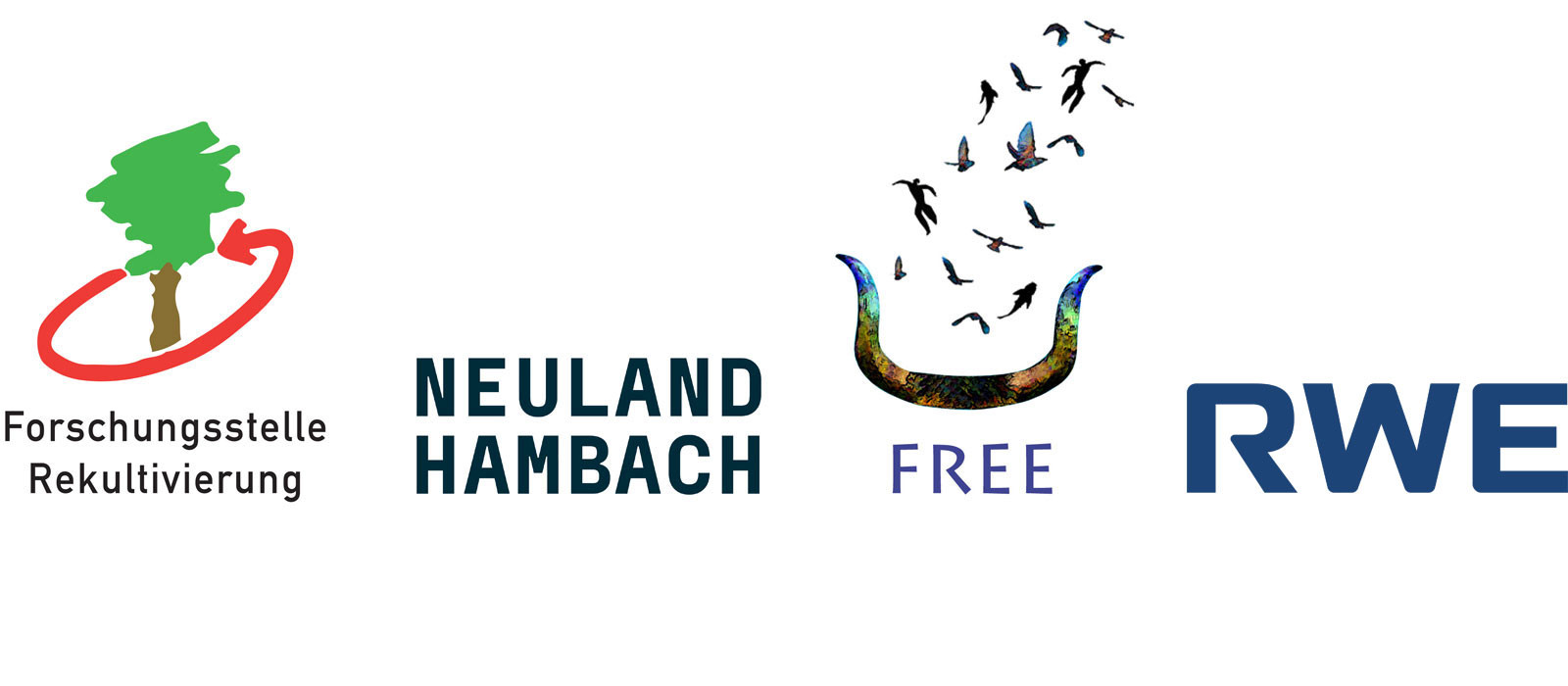
Pilot project: Grazing on Sophienhöhe heights
A herd of Konik horses has been living in near-natural conditions in Sophienhöhe heights' Goldene Aue meadow since June 2024. The grazing scheme is a joint pilot project between RWE Power AG, the Forschungsstelle Rekultivierung (Recultivation Research Centre), NEULAND HAMBACH GmbH and the Dutch FREE Nature foundation.
About Konik horses
Koniks are robust, independent horses that naturally live in a large herd. The horse breed originates from Poland and has been introduced to many European nature reserves in recent decades.
The characteristic features of this breed include a maximum height at the withers of 145cm, a light to dark mouse-grey coat, a dark dorsal stripe and zebra-like stripes on the legs. The temperament, communication and hierarchical position of conic horses within the herd can be easily observed from a distance.
Koniks that grow up in a natural herd where they learn for life have a pronounced ability to adapt, remarkable social skills and strength. These traits are crucial for survival in nature.
The Konik horses live freely in the countryside and can find enough food in the open area throughout the year. Only in exceptional cases, such as long periods with a closed snow cover, does additional feeding have to be provided. A densely overgrown forest provides the horses with protection from the weather.
Biomonitoring and outlook
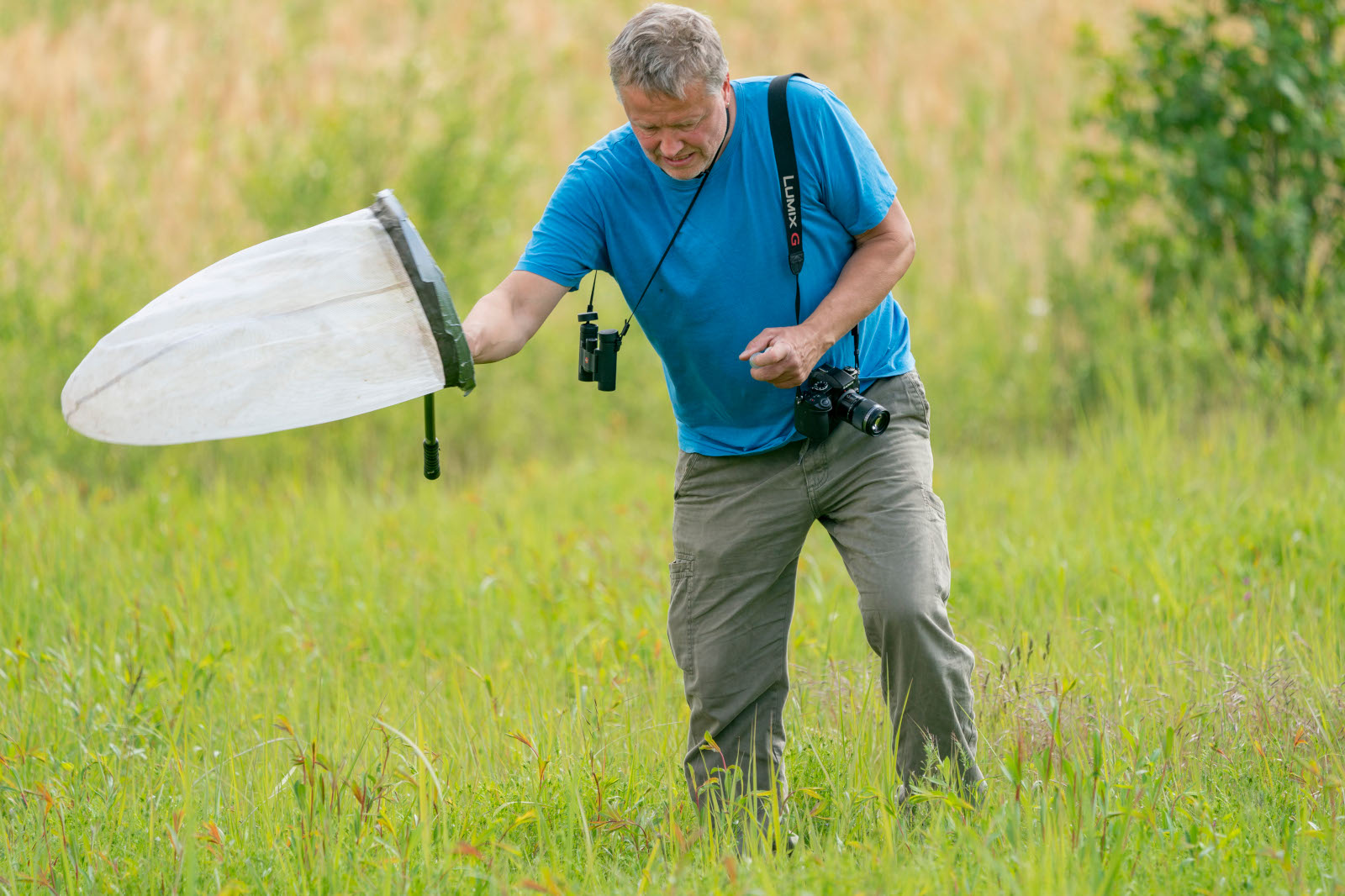
In nature, Konik horses fulfil an important ecological function. Their (grazing) behaviour contributes to a varied vegetation structure and thus promotes the development of diverse flora and fauna. Near-natural grazing by wild animals supports a structurally varied vegetation and keeps the grassland largely free of trees and shrubs. This increases both habitat diversity and biodiversity in recultivated areas.
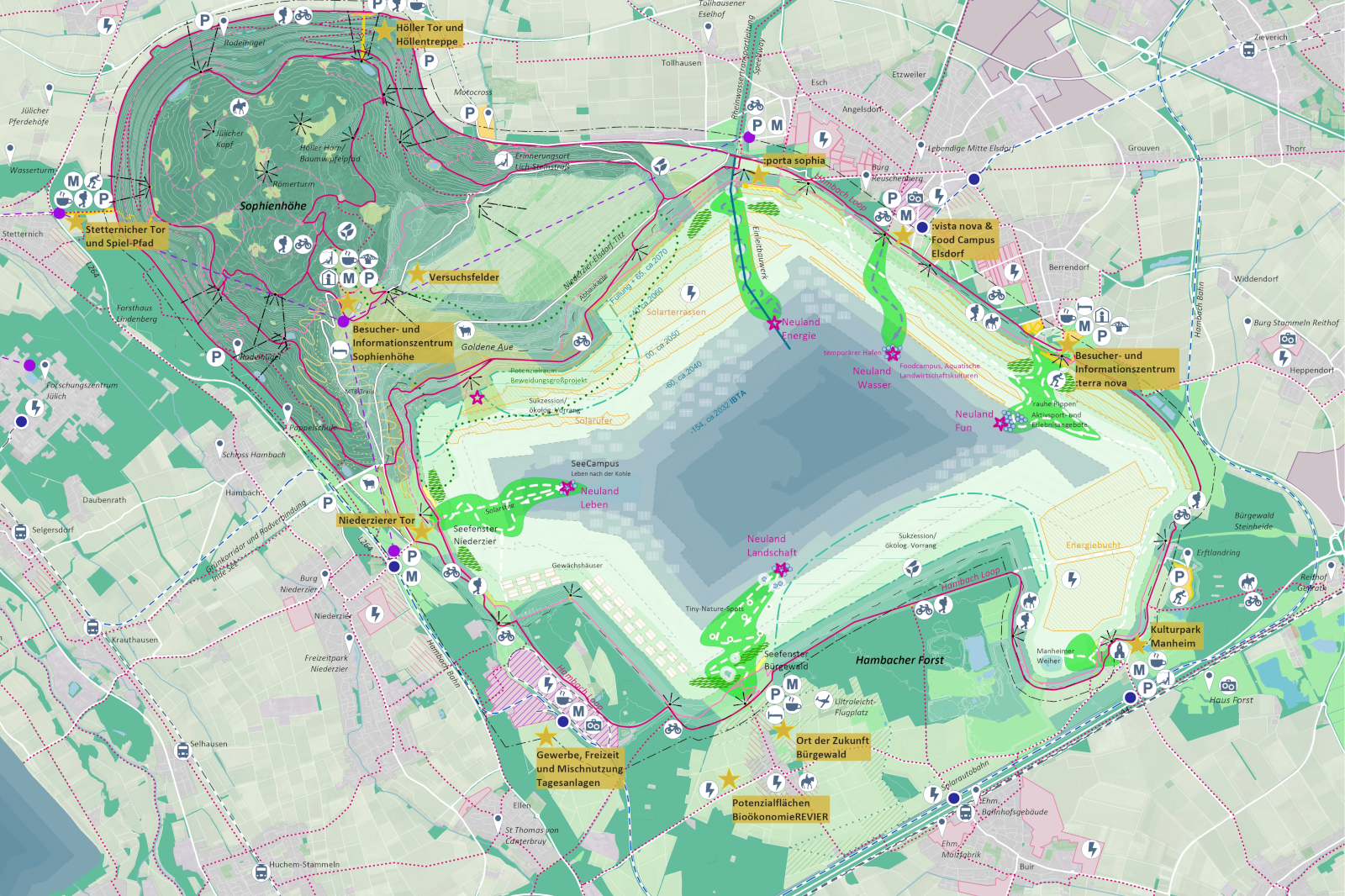
The Recultivation Research Centre will monitor the grazing scheme in collaboration with the Biological Stations of Düren and Bonn/Rhein-Erft as well as various consultants and experts using biomonitoring, and evaluate the results.
Local environmental organisations NABU, BUND and LNU are supporting the project. The vegetation, ground beetles, wild bees, butterflies, avifauna and amphibians are studied. The mappers wear blue vests and are allowed to enter the areas off the paths for mapping. We present the monitoring results here.
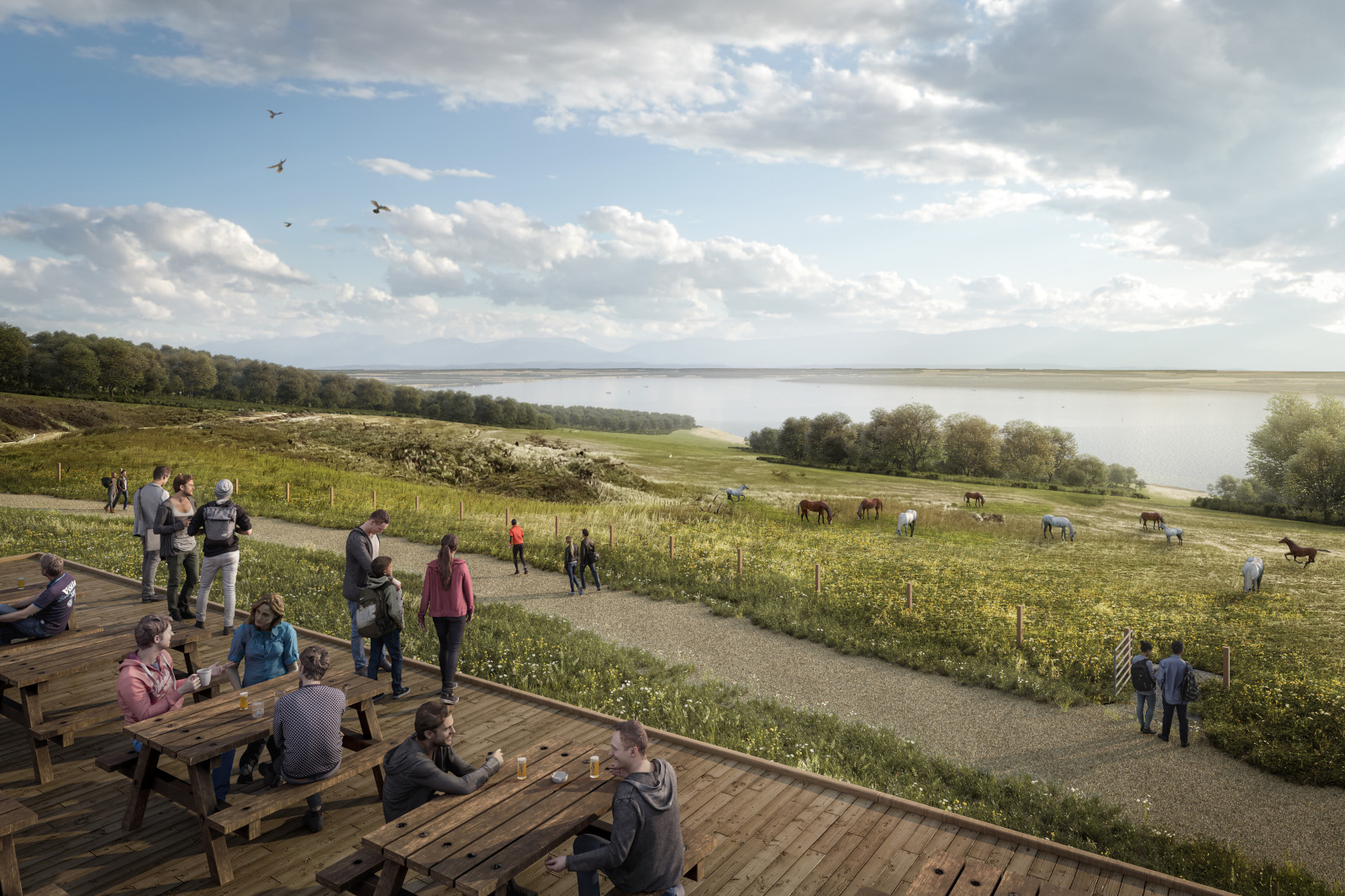
After the pilot phase, year-round grazing is to be extended to other areas of the Hambach recultivation project. Planning also calls for other species such as highland cattle and water buffalo to be introduced to the new grazing areas.
Suitable areas have already been designated in the explanatory maps of the Hambach lignite mining plan and in the master plan of NEULAND HAMBACH GmbH, which sets out the planning objectives of the six municipalities surrounding the opencast mine.
A visit to Sophienhöhe
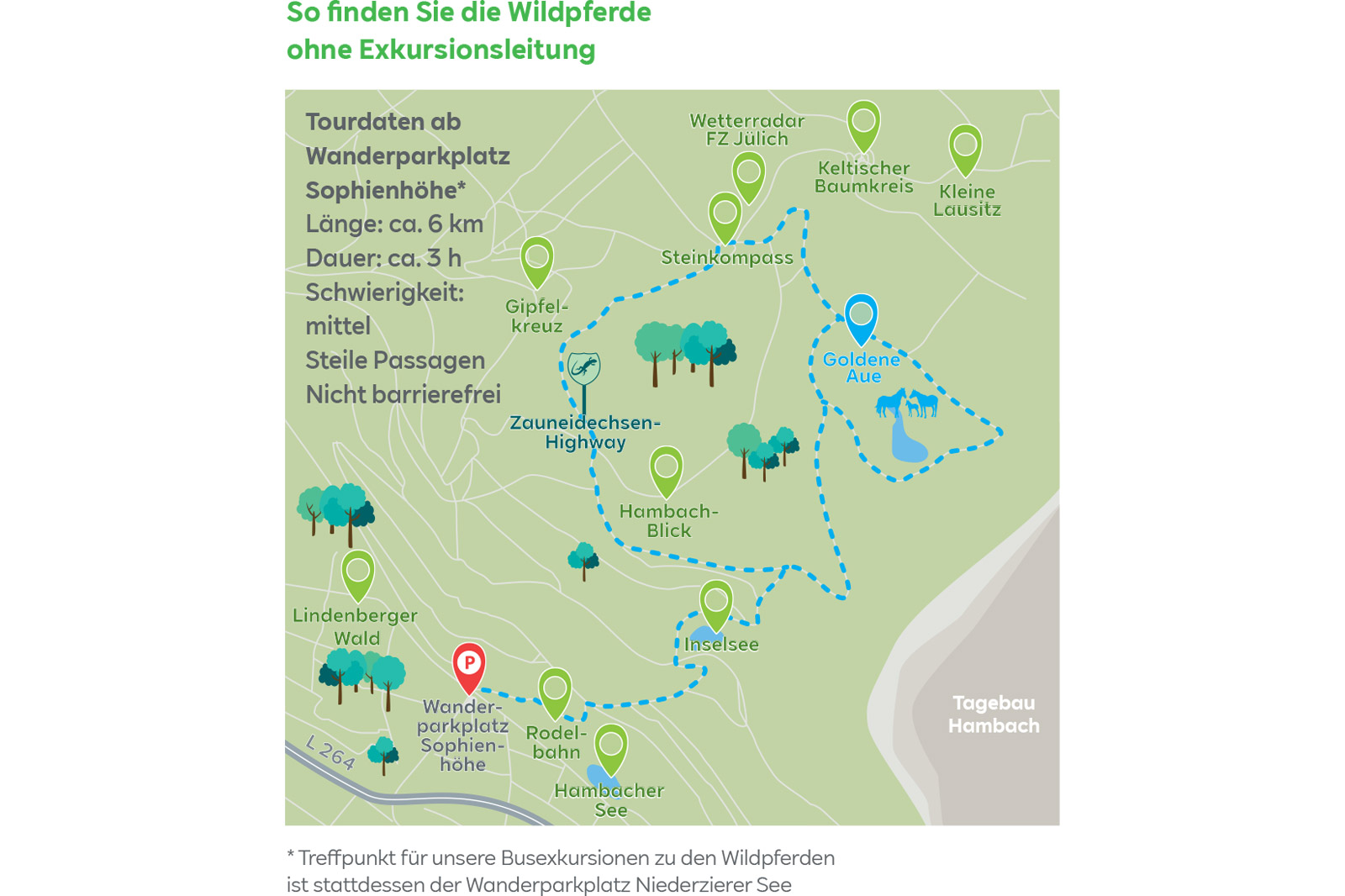
The entire Sophienhöhe is accessible to visitors via hiking and cycling trails. In addition to the wild horses, there is a nature trail and other interesting stops that can be visited. The wild horses are located in the Golden Aue on the hillside of the Sophienhöhe. The area can only be reached on foot or by bike. The circular trail from the Sophienhöhe hiking car park is 6 km long and includes some steep sections. Make sure you allow plenty of time and wear suitable footwear! We also offer regular guided excursions to Sophienhöhe by bus or on foot. You can find a hiking map here.
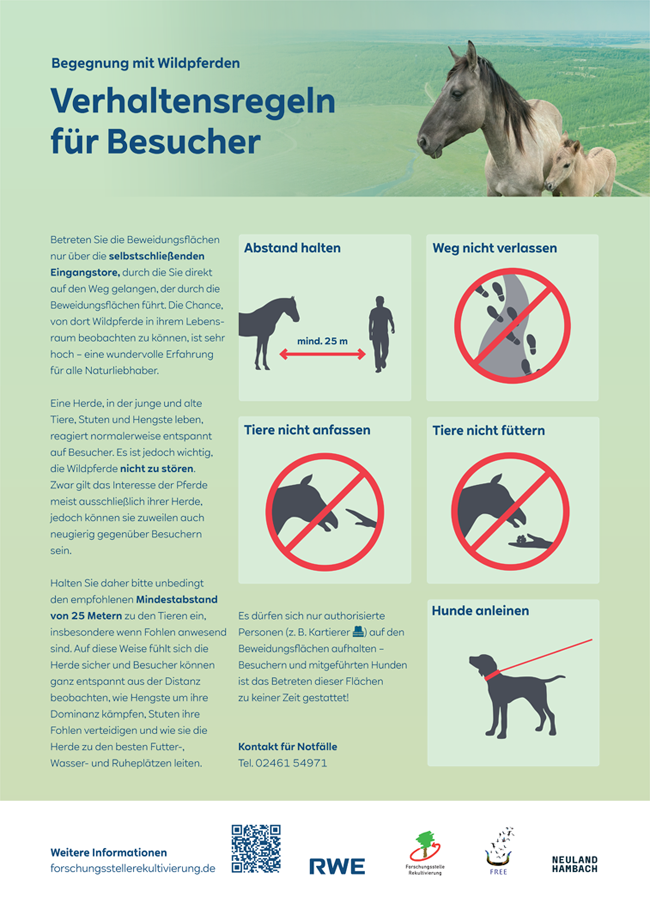
The fenced-in area can be accessed via entrance gates and wandered through. Cyclists are asked to dismount. Dogs must be kept on a lead. Please follow the recommendations for visitors to protect the animals, nature and yourself. Thank you.


